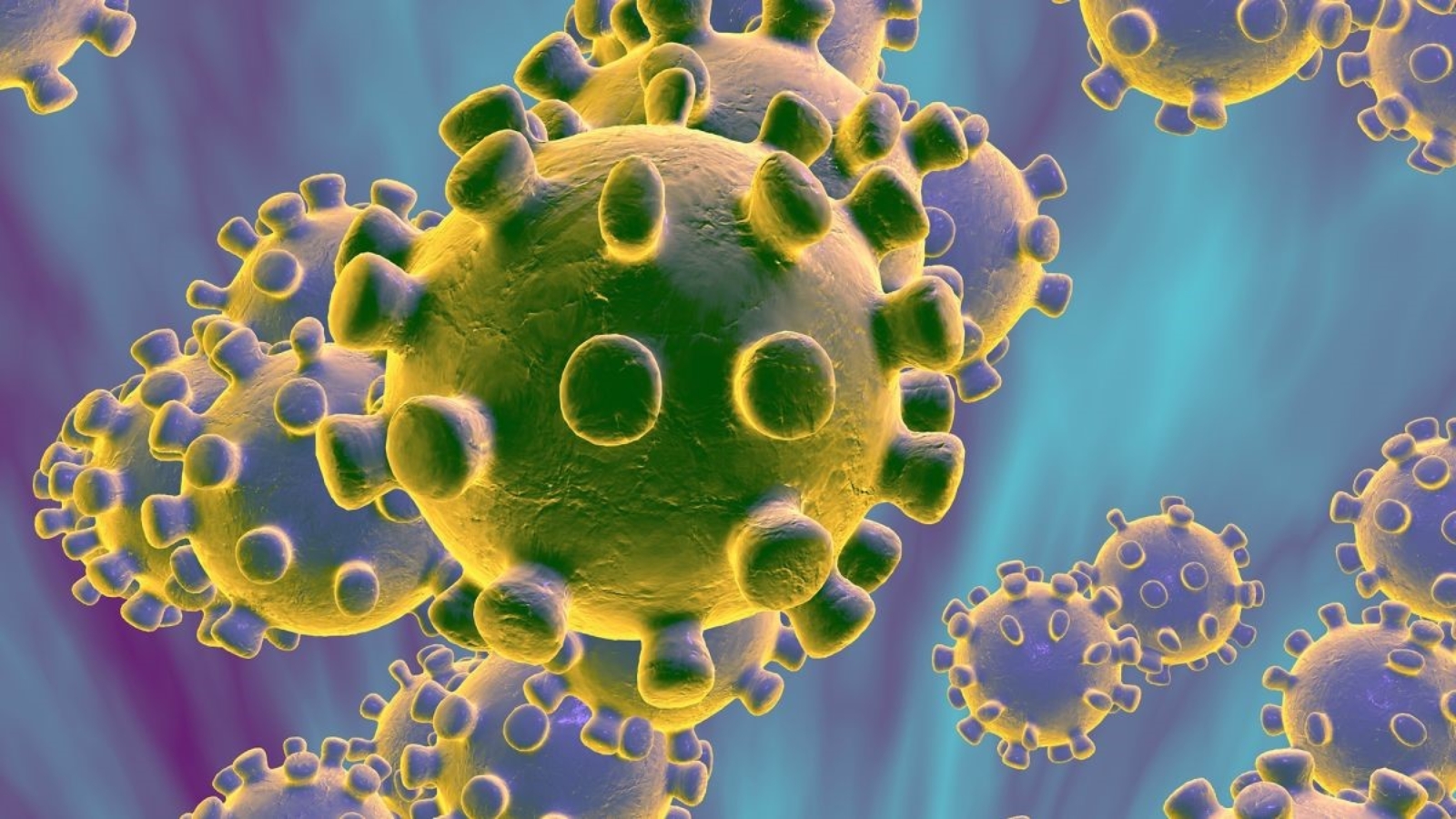Complying with Regulations and Registering the devices and diagnostics as per Indian regulations (CDSCO) is to ensure and assess the quality, safety and efficacy/performance of the devices and diagnostics towards achieving harmonization, which will have a significant impact on patient safety. The Central Drugs Standard Control Organisation has the responsibility of overseeing that medical devices sold in the country are safe and effective.
What are Medical Devices?
“Medical Devices” means any instrument, apparatus, machine, appliance, implant, in vitro reagent or calibrator, software intended for internal or external use in the diagnosis, treatment, mitigation or prevention of diseases or disorder in human beings or animals by pharmacological, immunological or metabolic.
What are InVitro Diagnostics?
In Vitro Diagnostics are the Medical devices and accessories used to perform tests on samples, (Examples: Blood, Urine, & Tissue that has been taken from the human or animal body) in order to help detect infection, Diagnose a medical condition.
Major phases in the lifespan of a medical device depicted as below, make it easier to understand the regulatory system. For example, the development phase includes development planning, design verification/validation, Biocompatibility, and clinical trials.
- Pre-market phase is performed on the device to ensure that the product to be placed on-market complies with regulatory requirements. Labelling and advertising control is maintained for correct product representation.
- Placing-on-market (by Vendor, Vendor could be a manufacturer, importer, distributor, wholesaler, retailer)control ensures establishment registration, device listing and after-sale obligations.
- Post-market surveillance/vigilance ensures the continued safety and performance of devices in use.
Classification of Medical Devices and InVitro Diagnostic devices
India have adopted a risk-based classification for medical devices wherein the devices are classified according to the risk associated with the intended and indication for use of the device.
Class A: Low Risk (Example: Thermometers, tongue depressors)
Class B: Low moderate Risk (Example: Hypodermic needles, suction equipment)
Class C: Moderate high Risk (Example: Lung ventilator, Bone fixation)
Class D: High Risk (Example: Heart Valves, Implantable devices)
Process of Registration &Documents required for Medical Devices registration
- Appoint an India authorized agent to work with CDSCO
- Covering Letter
- Power of Attorney
- Free Sale Certificate
- Constitution Details Documents relating to constitution of firm
- Manufacturing Premises Plan/Layout
- Full particulars of competent and regular technical staff
- Executive summary of Device
- Instruction for use (IFU)
- Plant Master File
- Specific Environmental Requirements (ISO 14001)
- Device Master File
- Labelling & Sterilization Report
- Testing Results (Stability data, Biocompatibility data) & Clinical data
- CE Mark Certification
- ISO 13485:2016 Certificate
- Declaration of Conformity
- Device Design, Verification & Validation Report
- Upload all the documents in the CDSCO (SUGAM) online portal and pay the application fees &you will receive an acknowledgment.
- CDSCO will review applications, may request the submission of a technical presentation or subject expert committee review.
- If approved, CDSCO will issue a registration certificate. This certificate does not expire Validity of the Certificate is for 5 Years. Fees need to be paid every 5 Years.
- Once Certificate is obtained for the products, Manufacturer can manufacture and also can proceed with marketing of medical devices & diagnostics in India. Indian Authorized agent may import the products into India.
WHY CHOOSE KWALITYCERT
A choice that makes the massive difference, with professionalism and expertise we always strive to add more value and are super active in providing pragmatic solutions to our clients.
It is highly recommended to consult an expert to select the best consultant to implement the standard, and also to select the right accredited registrar.
Post successful completion of audit, a certificate is issued by the accredited registrar.
Our experts are available on the following International standards for the mentioned countries:
- ISO 9001 – Quality Management; 2. ISO/IEC 27001 – Information Security Management Systems; 3. ISO 14001 – Environmental Management; 4. ISO 31000 – Risk Management; 5. ISO 50001 – Energy Management; 6. ISO 26000 – Social Responsibility; 7. ISO 28000: 2007 – Specifications for Security Management Systems for the Supply Chain; 8. ISO 37001: 2016 Anti-Bribery Management Systems; 9. ISO 45001 – Occupational Health and Safety; 10. ISO 22000 – Food Management Systems, ISO 22716 – Good Manufacturing Practices (GMP), SA 8000 – Social Accountability, ISO 10001 – Quality management — Customer satisfaction CCP, CE MARK, CMMi, HALAL, GDPR, Lean Six Sigma.
Our Global Presence:
Afghanistan, Albania, Algeria, Andorra, Angola, Antigua and Barbuda, Argentina, Armenia, Australia, Austria, Austrian Empire, Azerbaijan, Baden*, Bahamas, The Bahrain, Bangladesh, Barbados, Bavaria*, Belarus, Belgium, Belize, Benin (Dahomey), Bolivia, Bosnia and Herzegovina, Botswana, Brazil, Brunei, Brunswick and Luneburg, Bulgaria, Burkina Faso (Upper Volta), Burma, Burundi, Cabo Verde, Cambodia, Cameroon , Canada, Cayman Islands, The Central African Republic, Central American Federation*, Chad, Chile, China, Colombia, Comoros, Congo Free State, The Costa Rica, Cote d’Ivoire (Ivory Coast), Croatia, Cuba, Cyprus, Czechia, Czechoslovakia, Democratic Republic of the Congo, Denmark, Djibouti, Dominica, Dominican Republic, Duchy of Parma, East Germany (German Democratic Republic), Ecuador, Egypt, El Salvador, Equatorial Guinea, Eritrea, Estonia, Eswatini, Ethiopia, Federal Government of Germany (1848-49)*,Fiji, Finland, France, Gabon, Gambia, The Georgia, Germany, Ghana, Grand Duchy of Tuscany, The*, Greece, Grenada, Guatemala, Guinea, Guinea-Bissau, Guyana, Haiti, Hanover*, Hanseatic Republics*, Hawaii*, Hesse*, Holy See, Honduras, Hungary, Iceland, India, Indonesia, Iran, Iraq, Ireland, Israel, Italy, Jamaica, Japan, Jordan, Kazakhstan, Kenya, Kingdom of Serbia/Yugoslavia*, Kiribati, Korea, Kosovo, Kuwait, Kyrgyzstan, Laos, Latvia, Lebanon, Lesotho, Lew Chew (Loco)*, Liberia, Libya, Liechtenstein, Lithuania, Luxembourg, Madagascar, Malawi, Malaysia, Maldives, Mali, Malta, Marshall Islands, Mauritania, Mauritius, Mecklenburg-Schwerin*, Mecklenburg-Strelitz*, Mexico, Micronesia, Moldova, Monaco, Mongolia, Montenegro, Morocco, Mozambique, Namibia, Nassau*, Nauru, Nepal, Netherlands, New Zealand, Nicaragua, Niger, Nigeria, North German Confederation*, North German Union*, North Macedonia, Norway, Oldenburg*, Oman, Orange Free State*, Pakistan, Palau, Panama, Papal States*, Papua New Guinea, Paraguay, Peru, Philippines, Piedmont-Sardinia*, Poland, Portugal, Qatar, Republic of Genoa*, Republic of Korea (South Korea), Republic of the Congo, Romania, Russia, Rwanda, Saint Kitts and Nevis, Saint Lucia, Saint Vincent and the Grenadines, Samoa, San Marino, Sao Tome and Principe, Saudi Arabia, Schaumburg-Lippe*Senegal, Serbia, Seychelles, Sierra Leone, Singapore, Slovakia, Slovenia, Solomon Islands, Somalia, South Africa, South Sudan, Spain, Sri Lanka, Sudan, Suriname, Sweden, Switzerland, Syria, Tajikistan, Tanzania, Texas*, Thailand, Timor-Leste, Togo, Tonga, Trinidad and Tobago, Tunisia, Turkey, Turkmenistan, Tuvalu, Two Sicilies*, Uganda, Ukraine, Union of Soviet Socialist Republics*, United Arab Emirates, United Kingdom, Uruguay, Uzbekistan, Vanuatu, Venezuela, Vietnam, Württemberg*, Yemen, Zambia, Zimbabwe.











